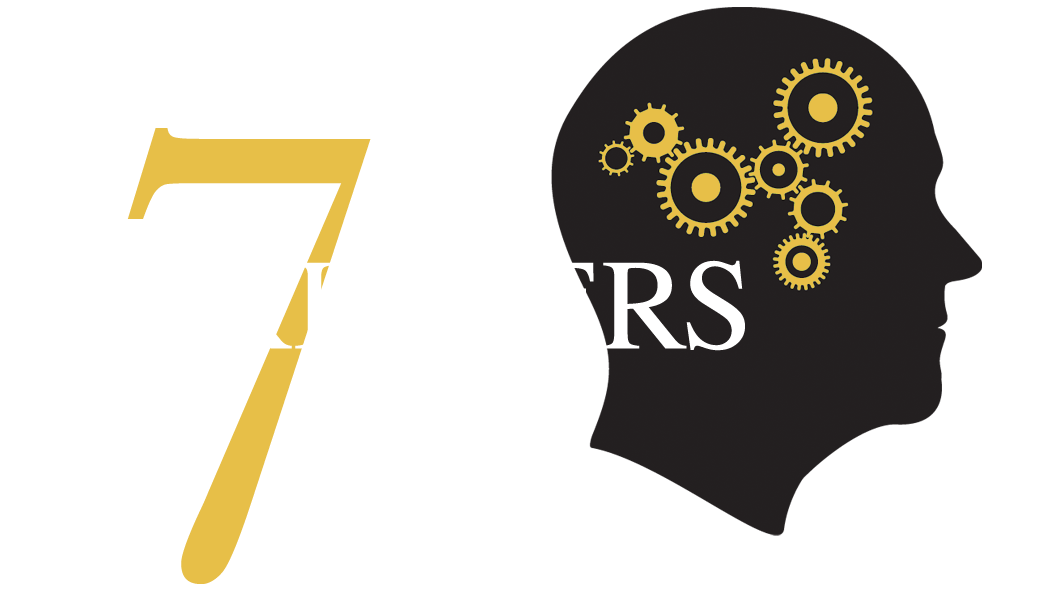
Glossary of Terms
Adaptation Level
A cognitive bias where people judge new information based on what they’re already familiar with. This is why the Contrast Trigger is so powerful—it frames your offer against alternatives so the brain can perceive the difference and the advantage. Without Contrast, your message risks being seen as “just another option” or worse, "just more information."
Amygdala
A small, almond-shaped structure in the limbic system that processes emotion, fear, and decision-making. It’s often the first part of the brain to react to new information, which is why emotional triggers like Friendship, Contrast, and Hope are so powerful—they subconsciously shape decisions before logic kicks in.
Brain Pain of Analysis
Research has shown that overwhelming someone with facts, data, or excessive information can create a 300% increase in resistance, causing them to avoid a decision. This is why triggers such as Contrast and Reason Why are essential—they help cut through information overload and frame your message so the brain can process it quickly and favorably.
Cognitive Load
The amount of mental effort required to process information. The more complex or data-heavy a message is, the higher the cognitive load—and the less persuasive it becomes. The 7 Triggers method is designed to reduce cognitive load by using emotionally compelling, high-impact messaging instead of excessive details.
Customer
Persuasive communication is of essential value for a wide variety of engagements, including those with colleagues, teams, audiences, and market segments. For the purpose of expediency, 7 Triggers programming often defaults to the word customer as an all-encompassing term.
Emotional Priming
The process of setting an emotional tone before delivering a message, making the audience more receptive to persuasion. This is why Friendship, Authority, and Reciprocity Triggers are so effective when used early in an engagement—they "warm up" the decision-making centers of the brain for more effective persuasion to take place.
Emotional Trigger
A psychological catalyst that produces responses in the emotional regions of the brain, where the majority of decision-making activity resides. Each trigger included in the 7 Triggers framework aligns with how these regions of the brain naturally process trust, interest, and motivation. The more triggers you activate, the easier and faster you get to ‘yes.’
Limbic System
The emotional center of the brain, responsible for processing emotions, motivation, and long-term memory. This system, which includes the amygdala, drives decision-making far more than logic does. The 7 Triggers framework is designed to engage the limbic system, ensuring that your message connects emotionally.
Neural Shortcuts
Also known as heuristics, these are the brain’s way of making quick decisions based on patterns and past experiences rather than detailed analysis. The 7 Triggers work because they tap into these pre-wired shortcuts—for example, the Authority Trigger leverages the brain’s tendency to trust established expertise without questioning it.
Neuroscience
At its most basic, neuroscience is the study of the nervous system, with a primary focus on the brain. Research from over 30 neuroscientists was used for the original edition of The 7 Triggers to Yes, with investigation and analysis centered around human decision-making.
Persuasion
The ability to influence and guide decisions by appealing to emotions, values, and logic. Unlike manipulation, persuasion is about creating genuine alignment between what you offer and what the other person truly wants. The 7 Triggers framework ensures that persuasion happens in an ethical, effective, and repeatable way.
Prefrontal Cortex
The rational region of the brain, responsible for logic, analysis, and executive function. While the prefrontal cortex evaluates and justifies decisions, research shows that choices are made emotionally first (via the amygdala and limbic system). This is why persuasive communication is designed to engage emotions over facts or data—a core principle of The 7 Triggers to Yes.
Trigger Archive
A structured, categorized collection of persuasive messaging elements based on the 7 Triggers framework, these archives serve as the source for all Yesable-generated communications.
Offer Triggers Archive: Includes the most persuasive aspects of your product, service, or idea.
Customer Triggers Archive: Captures the key emotional drivers of your audience or customer.
A well-built archive ensures that every message you generate is aligned with the science of persuasion.
Trigger Elements
The key emotional or psychological components within a message that activate one or more triggers. These elements, or talking points, turn communication from merely informative to persuasive. Yesable AI extracts and organizes these elements from your existing content, ensuring they are readily available for Playbooks and customer interactions.
Get your colleagues and customers more emotionally connected to your ideas and offers to win. more. YES.

Video Courseware + Custom AI Software
SELF-SERVE | SELF-PACED | TURNKEY | SUPPORT
What's a trigger? | How to activate triggers | All 7 Triggers
No cost, no obligation, no cc, no kidding.

IT'S SCIENCE. BUT IT WORKS LIKE MAGIC.
It's time to put more yes in your life!

© Rising Tide Partners | Professional Education Corporation • All Rights Reserved.